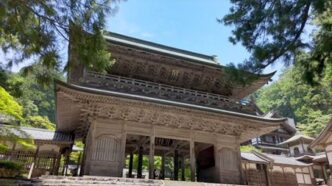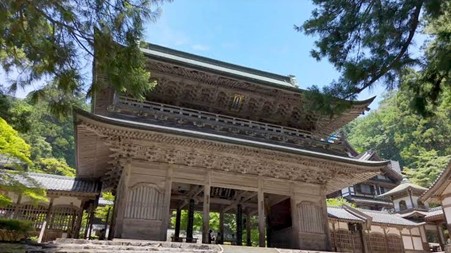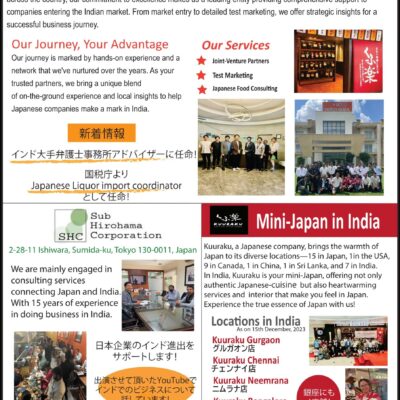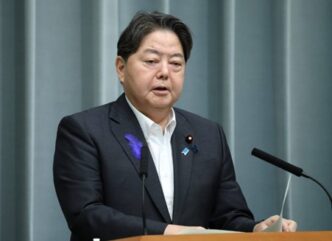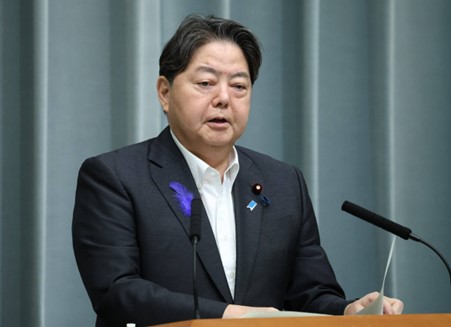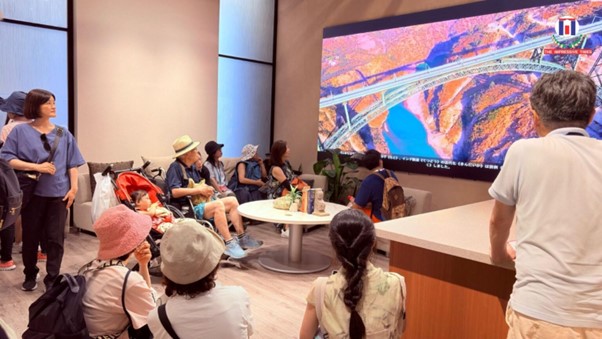In a powerful blend of innovation and tradition, Japan is deploying advanced 3D laser scanning technology alongside centuries-old artisanal techniques to protect its rich cultural heritage from the growing threats of climate change, earthquakes, and rising humidity. The flagship initiative, currently focused on the iconic Eiheiji temple in Fukui Prefecture, is a model for how technology and tradition can co-exist to preserve history.
A Digital Twin for Eiheiji: Merging the Ancient with the Modern
Nestled in the lush mountains of Fukui, the Eiheiji temple, founded in 1244 by Zen Master Dōgen, is a spiritual center of Soto Zen Buddhism. With nearly eight centuries of history etched into its wooden halls, the temple has stood through wars, natural disasters, and the changing tides of time.
Today, it faces new challenges — rising humidity levels, more frequent landslides, and increased seismic activity, all exacerbated by climate change. To address these threats, a team of experts from T&I 3D and Shimizu Corporation is creating a high-resolution 3D digital replica of the entire complex.
Known as a Digital Twin, this technology captures not just visible elements but also hidden structural details, including cracks, weaknesses, and aging components invisible to the naked eye. The goal: enable precise, data-informed restoration and future-proof the temple against natural hazards.
“This technology allows us to see inside the structure — to understand what needs urgent repair, and what can be preserved for future generations,” said a project engineer from Shimizu Corporation.
Tradition Never Fades: The Role of Japanese Craftsmanship
While the 3D models provide structural insights, restoration work still relies heavily on Japan’s time-honored building traditions. At Kanazawa Castle, another historic site, master craftsmen are restoring earthquake-damaged walls using Arakabe plaster — a durable mixture of soil, lime, and rice straw used since the Edo period.
These traditional techniques are valued not only for their historical authenticity but also for their resilience and sustainability. Many are specifically designed to withstand Japan’s humid summers and seismic volatility, giving them renewed relevance today.
“There’s a harmony in using what our ancestors passed down, alongside modern tools,” says a local artisan involved in the castle restoration. “We’re not just rebuilding walls — we’re preserving identity.”
Sharing Spiritual Heritage in the Digital Age
For the monks of Eiheiji, the 3D scanning project is more than just a preservation effort. It’s also a unique opportunity to digitally share their spiritual legacy with a global audience. Once completed, the Digital Twin may allow virtual visitors to explore the temple’s sacred architecture and rituals — an important step in an age where global travel is not always possible or sustainable.
“We want to invite people to feel the stillness, the wisdom, the history of Eiheiji — even if they are thousands of miles away,” said one of the temple’s senior monks.
Looking Ahead: A National Model for Heritage Preservation
Japan’s innovative approach is quickly becoming a model for climate-resilient cultural preservation. Experts believe this hybrid method — using digital precision for diagnostics and traditional techniques for repairs — could be applied to other vulnerable sites across the country, from shrines and castles to old merchant towns.
As climate change and urbanization pose increasing risks to heritage globally, Japan’s initiative sends a hopeful message: with care, collaboration, and creativity, the past can survive the future.

